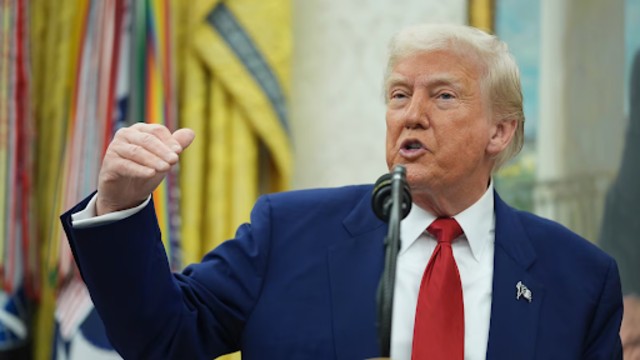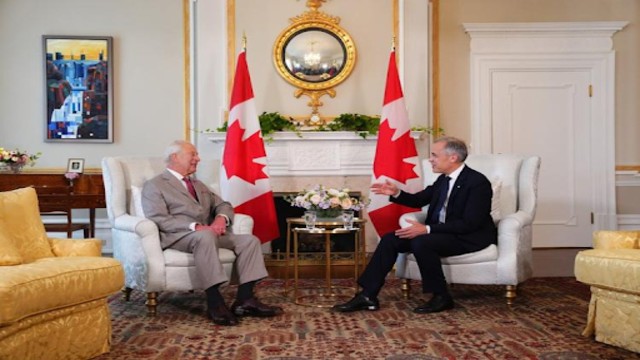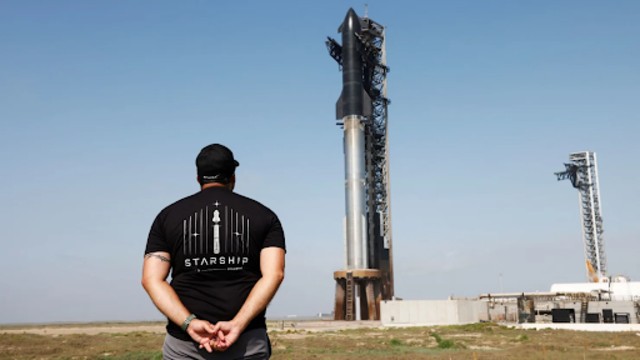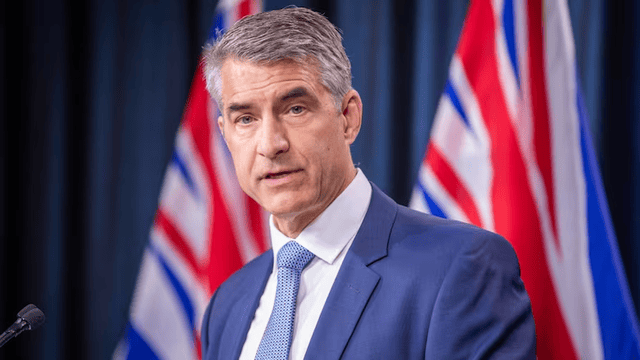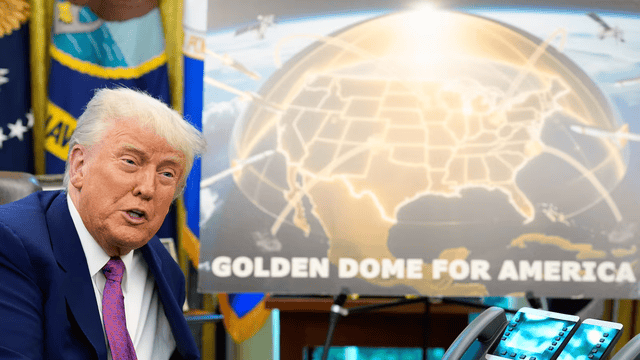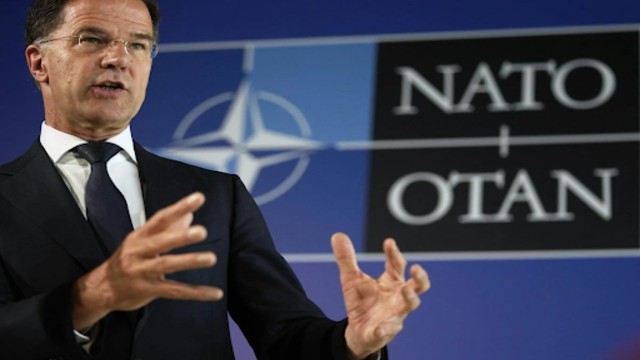
NATO Secretary General Mark Rutte attends a news conference at a NATO's informal meeting of foreign ministers in Antalya, southern Turkey, on Thursday, May 15, 2025. The Canadian Press
NATO allies will meet in The Hague next month, and defence spending is set to dominate discussions. The alliance plans to push a dramatic hike in the defence spending target for member countries. This puts Canada, which already struggles to meet the current goal, in a tough spot.
At the last NATO summit in Washington, Canada was publicly called out for not meeting the two per cent of GDP defence spending target. Despite repeated commitments, Canada’s military budget remains low compared to most allies.
Now, the pressure is mounting. Prime Minister Mark Carney, expected to attend the upcoming summit, may face demands to pledge five per cent of Canada’s GDP on defence—a significant leap from current levels.
Canada’s Spending: An Outlier Among Allies
David Perry, president of the Canadian Global Affairs Institute, describes Canada as “an outlier” in the alliance. With defence spending at only 1.3 per cent of GDP in 2024, Canada falls well short of NATO’s existing target. It also lags behind in equipment investments, an area where most other members at least meet the minimum.
“The last time stats were reported, Canada was one of only two countries missing both spending commitments,” Perry noted. “We are extraordinarily isolated in how far behind we are.”
This widening gap is a challenge that will not disappear overnight. Perry warns Canada faces a “massive challenge” to catch up, especially if the new five per cent target becomes official.
U.S. Pushes Hard for Higher Defence Budgets
The push for increased defence budgets comes largely from the U.S. President Donald Trump has long advocated raising NATO member defence spending to five per cent of GDP. On Monday, NATO Secretary General Mark Rutte echoed this view, signaling allies will likely endorse the new target at the upcoming summit.
For Canada, this means stronger international pressure and less room to delay or make excuses.
Economic Headwinds Complicate the Debate
Laval University’s international relations expert, Anessa Kimball, suggests Canada will face an uphill battle justifying any delay in raising military spending. She points out that trade tensions and economic challenges make boosting defence budgets more difficult.
Kimball adds Ottawa could try to leverage Trump’s calls for increased spending to counter U.S. tariffs, turning the pressure into a political bargaining chip.
She also believes Carney might lean on his economic background as a partial explanation for Canada’s slow progress. As former Bank of England governor during Brexit, Carney dealt with major economic upheavals while Trudeau’s government managed defence spending.
“Carney can say Trudeau left him a mess on defence,” Kimball says. “It might buy some time, but it won’t silence critics.”
Canada’s Promises and Political Realities
At the 2024 NATO summit, Trudeau pledged to reach the two per cent spending target by 2032. The government hinted this might involve purchasing up to 12 submarines—though no clear deadline was set for the project.
Trudeau argued that Canada’s defence spending should reflect actual needs, not just headline-grabbing targets. Still, Carney’s campaign promises now include reaching the two per cent target by 2030, a slightly more ambitious timeline.
Defence Minister David McGuinty’s office reaffirmed the government’s commitment to rebuilding military capacity. Spokesperson Laurent de Casanove said, “The prime minister was clear this government will invest to exceed NATO defence spending before 2030.”
Little Room to Maneuver at The Hague
Despite Carney’s fresh leadership, analysts say he will find limited flexibility when the new spending targets come up next month.
“This commitment isn’t new,” Perry said. “It’s been on the table for over a decade. Carney is unlikely to get much slack, no matter how new he is.”
The coming NATO summit will be a defining moment for Canada’s defence policy. With allies ready to ratchet up spending demands, Canada’s military budget will be under the microscope like never before.


